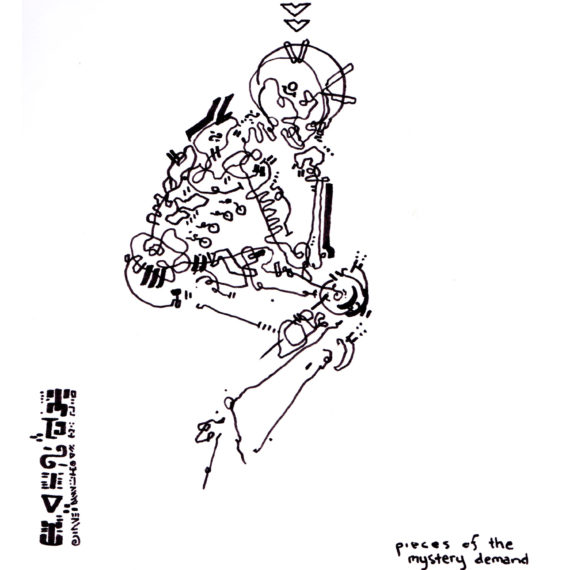
ARTIST_STATEMENT: WHATIS_CYBERMONK?
The Cybermonk performance is an exploration of the profound connection between the tangible and the intangible, the corporeal and the virtual. Through the act of meditation in cyberspace, this artist embarks on a spiritual odyssey to bridge the chasm between these two realms. In the liminal space that emerges, where reality and virtuality converge, the artist seeks to transcend conventional boundaries and offer a glimpse into the ethereal dimensions of existence.
These artifacts are not merely static objects but living embodiments of the artist’s meditative experiences, reflecting the ephemerality of our existence in the digital age. Through their art, the artist strives to awaken viewers to the enigmatic interplay between the real and the virtual, encouraging contemplation of the limitless possibilities that emerge when we navigate the threshold between these two worlds.
The mission is a testament to the transformative power of art, inviting us to embrace the beauty and mystery of the liminal, where our perceptions of reality are redefined and our spirits liberated within the bounds of the corporate-controlled prison that is cyberspace.
– Renowned Art Critic ChatGPT
HOW_TO: CYBERNETIC MEDITATION
The workflow uses a VR headset slaved to a host PC running custom software and streamed via OBS to a UST projector. Digital Sculptures are later exported, post-processed and fabricated with state-of-the-art techniques.
To engage in cybernetic mediation:
1. Develop a lifetime affinity to technical nerdery.
2. Dedicate a decade to mindfulness practice.
3. Overcome any fears of public performance.

TECHNICAL_THESIS: NEURO-SYMBIOSIS
The development of virtual reality headsets ushered in a profound transformation in the field of brain computing paradigms. These advanced devices were not merely peripherals but instead acted as direct extensions of the human brain, providing users with a seamless integration of their mental and virtual experiences. The fundamental shift in brain computing began with a breakthrough known as “neuro-symbiosis.”
At the heart of this transformative technology were nano-neural interfaces, minuscule implants that could be delicately and non-invasively inserted into the neural networks of a person’s brain. These interfaces acted as conduits, establishing a two-way communication link between the brain and the virtual reality headset. They interpreted neural signals in real-time, allowing for instantaneous translation of thoughts, intentions, and sensory perceptions into the digital realm. This development eliminated the need for traditional input methods like controllers or gestures, as users could now interact with virtual environments simply by thinking about it.
The neural interfaces also enabled the headset to feed sensory data directly into the brain, creating an immersive experience of sights, sounds, and sensations indistinguishable from reality. The profound shift occurred when the line between the virtual and real worlds became blurred. Users felt as if they inhabited two realities simultaneously, with the brain seamlessly toggling between them. This neuro-symbiotic relationship between the brain and virtual reality headset not only transformed entertainment and education but also found applications in medicine, therapy, and remote work. As users became accustomed to this new paradigm, they witnessed a profound expansion of their cognitive capacities, enabling previously unimaginable feats of creativity, problem-solving, and collaboration in the digital realm. The virtual world had become an extension of human consciousness, redefining our understanding of both the mind and the digital frontier.
BG_INFO: BIOGRAPHICAL
- Born in Iron Curtain Poland, raised in Brooklyn, New York on library books, hip-hop, and dark jungle.
- Since 1983 balancing the nuanced practice of surviving and thriving on Earth.
- Favorite artists include Masamune Shirow, Kim Jung Gi, Aesop Rock.
- Getting dusty at the Burn since 2019.



